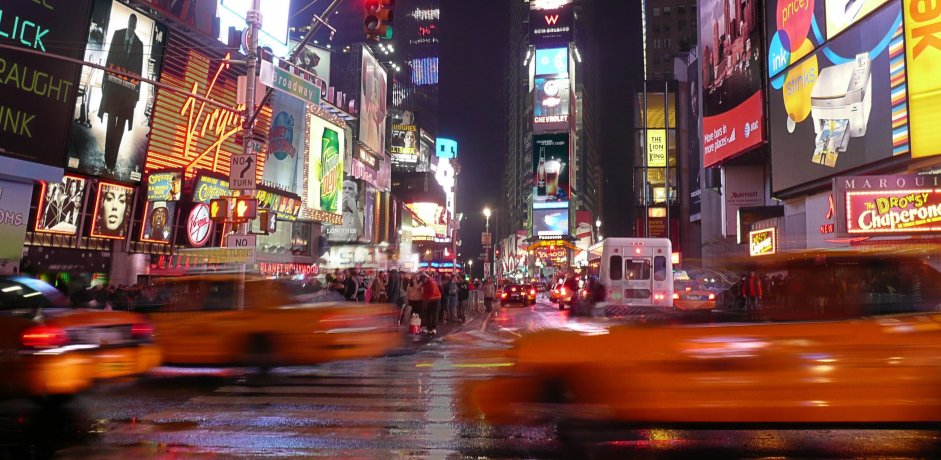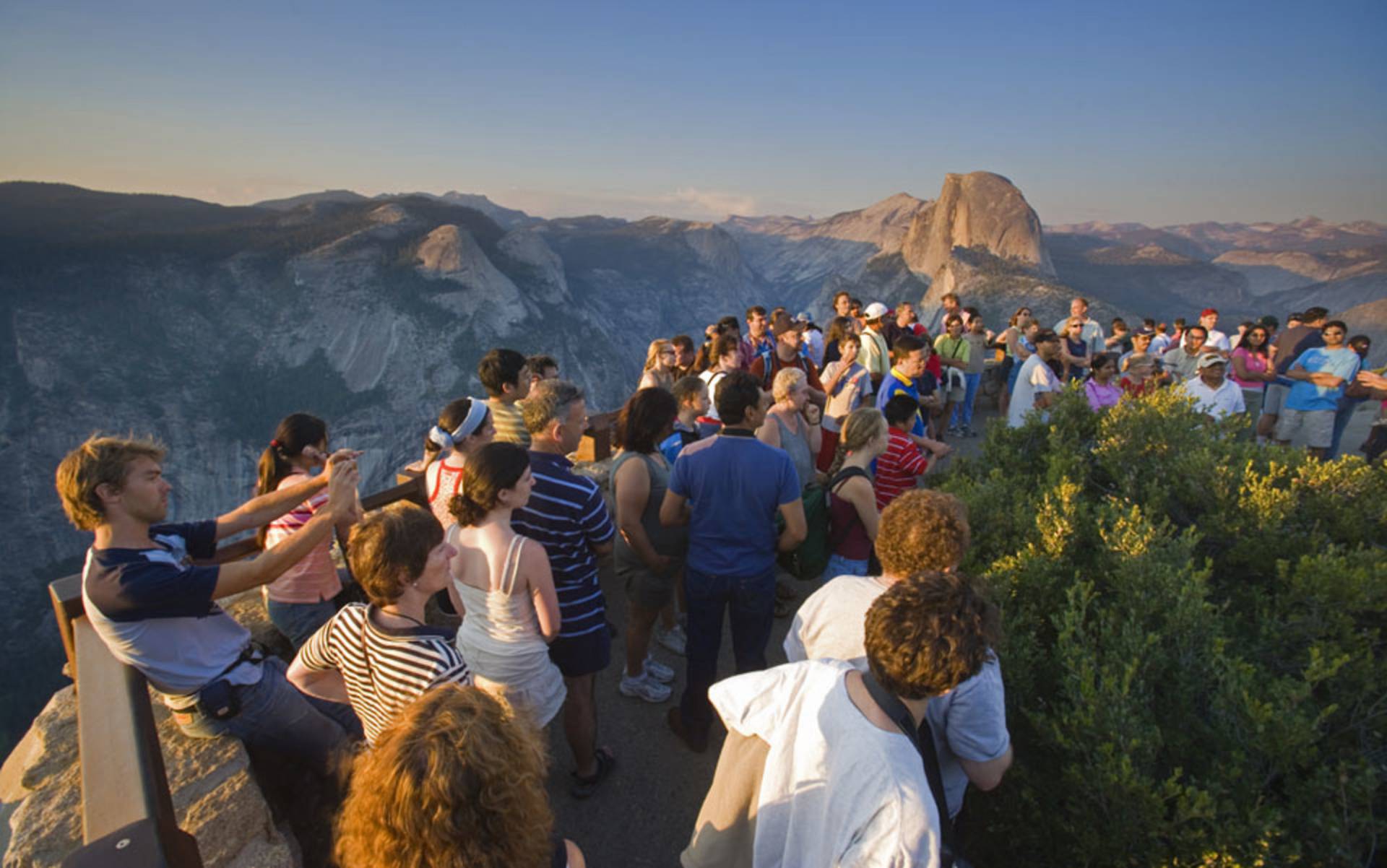A new study by researchers from Colorado State University determined that even U.S. National Parks are not free of noise pollution.
Current noise pollution levels are believed to affect how animals hunt and mate. Most of the noise comes from passing cars and construction equipment. Results show that noise pollution levels are too high despite a 1972 law that imposed restrictions on noise emitted in parks and other protected natural habitats.

Measuring noise throughout the U.S.
The main consequences of noise pollution are sleep disruption, stress, and lack of concentration. Apparently, noise pollution is becoming more common because of growing urbanistic development, as any space within the United States is now 80 percent more likely to be within less than a mile from a road.
Researchers recorded noise levels at 492 different sites across the United States, allowing them to establish noise level predictions in many other regions of the country through computer simulations.

Each sector was classified depending on its noise exceedance or human-caused noise levels on parks and different natural spaces.
Researchers had to venture themselves into each site to measure noise pollution and set up a specialized listening station. The stations were equipped with a recorder and meters to measure noise, set up to run for 30 days straight. The clips were analyzed and categorized by specialists, employing bias based on precipitation levels, flight paths, and other environmental data that may have affected the readings.
As expected, parks and other spaces near urban sites that are under the jurisdiction of local governments were classified as the noisiest within the study. Furthermore, any area near a construction or industrial site was also classified as noisy, including mining, oil, and gas extraction facilities. The quietest places were National Parks, but they were not clear of noise pollution, as they displayed a noise exceedance rate of 12 percent.
“It’s a really quiet experience. You’re in the middle of nowhere, yet you still can’t escape the sounds of humans. It really doesn’t have any boundaries. There’s no way of holding it in,” stated Rachel Buxton to The Washington Post.
How noise affects life
Noise pollution can act against the benefits of going outside, as it is suggested that spending time outdoors helps to relieve stress, improve mood, and make memory retention more useful. On top of that, noise pollution can also disrupt how plants disperse their seeds since many of them depend on rodents, birds, and insects that tend to stay away from noisy areas.
Silence is also vital for animals to communicate with their mates and to survive as they sneak away from predators. This is noted by ecologist Clinton Francis from California Polytechnic State University as “living in shrunken perceptual worlds.”

Sound is often overlooked when it comes to environmental protection due to it being invisible. As time goes by, researchers have started to realize that sound is critical for the development of living organisms, as it affects them in ways that no other stimulus can.
For example, noise can cause spiders to build their spiderwebs wrong. A 2014 study shows that, in trials where scientists supervised spiders as they made their webs on different noise settings when submitted to high-noise treatments, the spiders left the web and searched for mistakes on it. This is because the increased vibrations from external noise disrupted their senses and in turn, altered their behavior.
Buxton proposes using particular types of pavement that are better suited to absorb noise. She also notes that construction sites can be easily covered with sound-absorbing barriers, proving that noise can be at least manageable even if it cannot be sufficiently suppressed.
She assures that visiting natural landmarks is both a visual and an acoustic experience. As an example, she cites The Grand Canyon, because visitors can often hear the river flowing and the wind passing through the massive crevice.
Without silence, a healthy life would be incomplete. Because we are always surrounded by air whose vibrations we perceive as noise, we are used to being immersed in sounds of different types. We are besieged by the noise of crickets, airplanes, cars, and even our organs. Although noise pollution is increasingly becoming a recognized problem, we are never aware of how noisy we are at all times.
To prove this, acoustic scientists developed anechoic chambers, which are large rooms capable of isolating sound and prevent it from echoing from its inner walls. They are used to perform experiments because almost no sound is reflected back at the emitter. People can listen to their hearts and gust while in the chamber, and many recommend not staying for too long inside of them because it may be harmful to mental health.
Source: Science
